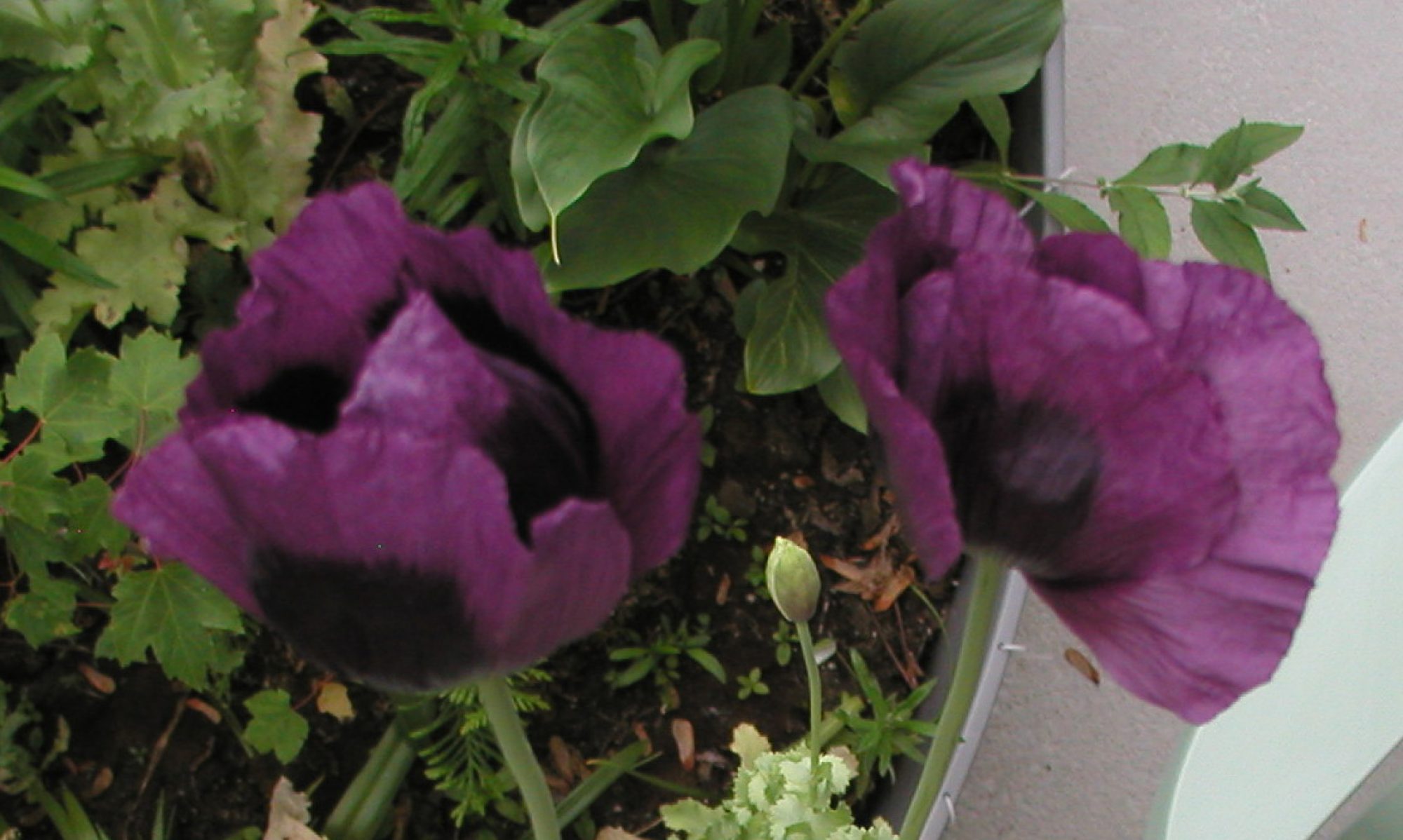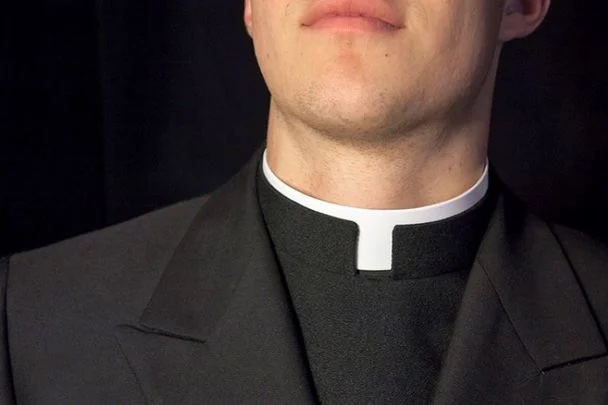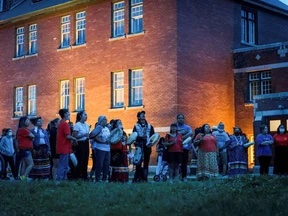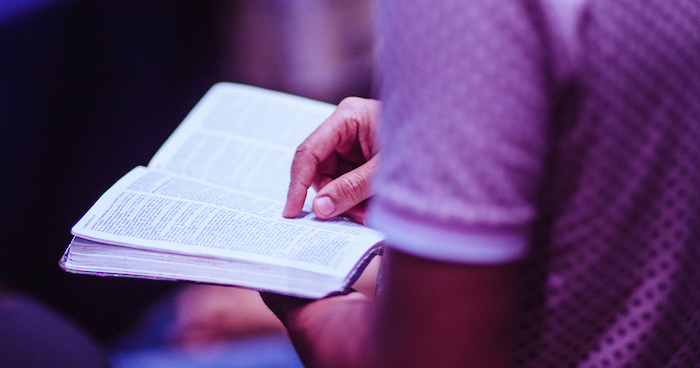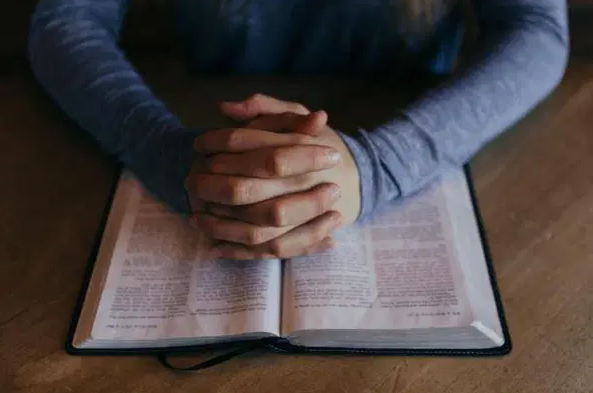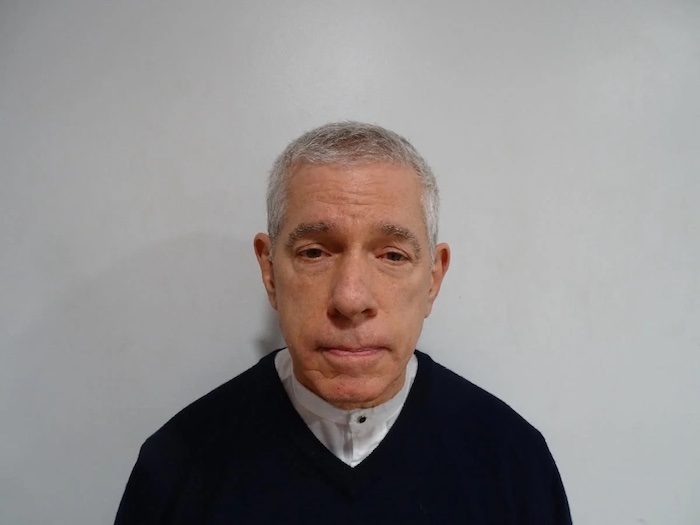
By GoLocalProv New Team
Father James Jackson of St. Mary’s Church at 538 Broadway in Providence was arrested by the Rhode Island State Police’s Police/Internet Crimes Against Children (ICAC) Task Force for Possession of Child Pornography, Transfer of Child Pornography, and Child Erotica Prohibited.
The Diocese of Providence has not made a comment or issued a statement.
Jackson was arrested on Saturday and the State Police announced the charges on Sunday.
ICAC Task Force members recently initiated an investigation regarding an individual sharing child pornography over the Internet. The Internet connection at St. Mary’s Church, 538 Broadway, Providence, Rhode Island was identified as allegedly connected to the sharing of the child pornography. On Saturday, ICAC Task Force members executed a court-authorized search warrant at St. Mary’s Church and rectory. Father Jackson was identified as the owner of digital media allegedly involved in the possession and transfer of child pornography and child erotica.
Father Jackson was arraigned by Justice of the Peace Steven Crawford and held on $5,000 surety bail. Father Jackson was assigned a future 6th District Court date and ordered the following additional special bail conditions which include no contact with children under 16 and restricted access to the Internet. Father Jackson was unable to post bail and was transported to the ACI Intake facility.
Father Jackson’s most recent sermon posted on the St. Mary’s Church’s website was on humiliation, “Every single human being that has ever lived on this earth, and who ever will live, shall find himself sooner or later in the midst of humiliation. The humiliation that St. David was experiencing when he wrote the 118th Psalm was a terrible and grievous civil war. There was no good news for him, there was no refuge but to flee and hide in caves; everything seemed lost. But he was given hope, and that comforted or strengthened him in his humiliation.”
Father Jackson was arraigned by Justice of the Peace Steven Crawford and held on $5,000 surety bail. Father Jackson was assigned a future 6th District Court date and ordered the following additional special bail conditions which include no contact with children under 16 and restricted access to the Internet. Father Jackson was unable to post bail and was transported to the ACI Intake facility.”
A person found guilty of Possession of Child Pornography may be subject to a fine of not more than five thousand dollars ($5,000), or imprisoned not more than five (5) years, or both. A person found guilty of Transfer of Child Pornography may be subject to a fine of not more than five thousand dollars ($5,000), or imprisoned not more than fifteen (15) years, or both. A person found guilty of Possession of Child Erotica may be subject to a fine of not more than one thousand dollars ($1,000), or imprisoned not more than one (1) year, or both.
The Rhode Island Internet Crimes Against Children (ICAC) Task Force actively engages in investigative efforts to identify subjects involved in child exploitation-related activities. The Rhode Island ICAC Task Force Program is administered by the Rhode Island State Police and supports a national network of multi-agency, multi-jurisdictional task forces engaged in investigations, forensic examinations, and prosecutions related to Internet crimes against children and technology-facilitated child sexual exploitation. The Rhode Island ICAC Task Force is comprised of members of the Rhode Island State Police Computer Crimes Unit along with detectives from the Warwick Police Department, East Providence Police Department, North Kingstown Police Department, Portsmouth Police Department, Cranston Police Department, Bristol Police Department, and special agents from Homeland Security Investigations and United States Postal Inspection Services.
Complete Article ↪HERE↩!
